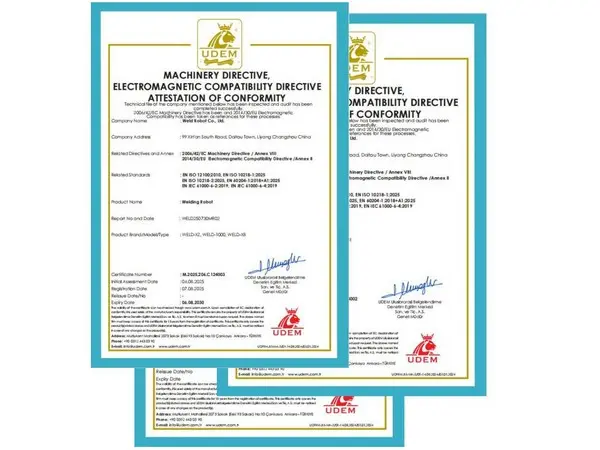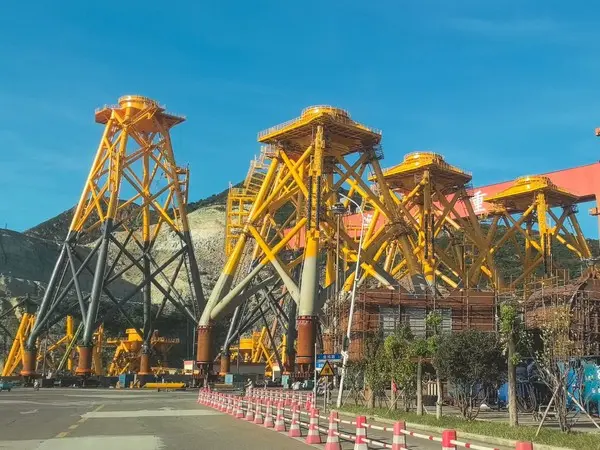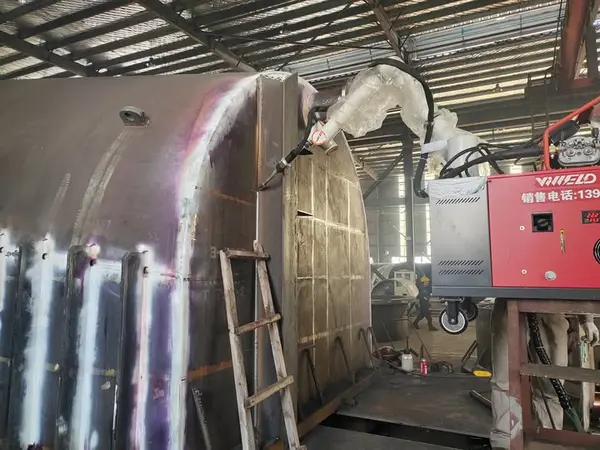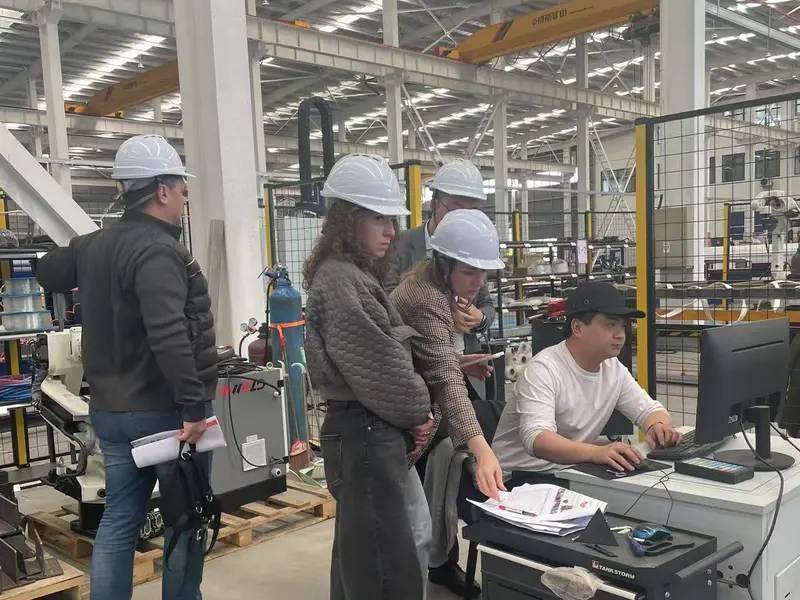The Future of Automated Plate Cutting Production Lines: Trends and Innovations
Automated plate cutting production lines have become increasingly popular in recent years, driven by the need for efficient and precise cutting processes in industries such as manufacturing, construction, and transportation. These production lines typically consist of a series of machines and tools that work together to cut and process large sheets of metal or other materials into smaller, more precise shapes.
One of the key trends in the development of automated plate cutting production lines is the integration of advanced technologies such as artificial intelligence (AI), machine learning (ML), and the Internet of Things (IoT). These technologies enable production lines to collect and analyze data in real-time, allowing for more accurate and efficient cutting processes. For instance, sensors can be used to monitor the cutting process and adjust the cutting parameters to ensure that the cuts are precise and consistent.
Another trend in the development of automated plate cutting production lines is the use of robotic automation. Robotic systems can perform a range of tasks, including material handling, part positioning, and cutting, with speed and precision. This results in increased productivity, reduced labor costs, and improved quality control.
Furthermore, there is an increasing focus on sustainability in the development of automated plate cutting production lines. This includes the use of eco-friendly materials, the adoption of energy-efficient processes, and the reduction of waste and emissions. For instance, advanced plasma cutting systems can produce clean and precise cuts while using less energy and producing fewer emissions than traditional cutting methods.
Innovation in software is also driving the development of automated plate cutting production lines. Advanced software can be used to create digital models of the cutting process, which can be used to optimize the cutting parameters, minimize waste, and reduce production time. Additionally, software can enable remote monitoring and control of production lines, allowing operators to monitor machine performance, adjust settings, and troubleshoot problems from anywhere in the world.
Overall, the future of automated plate cutting production lines is bright, with continued innovation and development leading to more efficient, sustainable, and precise cutting processes. As technology continues to evolve, we can expect to see even more advancements in automated plate cutting production lines, further enhancing their capabilities and expanding their applications in various industries.
WWELD has always been in the leading position in the industry in the research and development, design, production and marketing of CNC cutting equipment. So far, it has developed products including CNC plasma cutting machine, CNC flame cutting machine, CNC plasma bevel cutting machine, composite function cutting machine, and profile cutting machine.
For more:
Website: www.wweldrobots.com
Facebook: https://www.facebook.com/weldrobot/
Youtube: https://www.youtube.com/@WWELDROBOT








